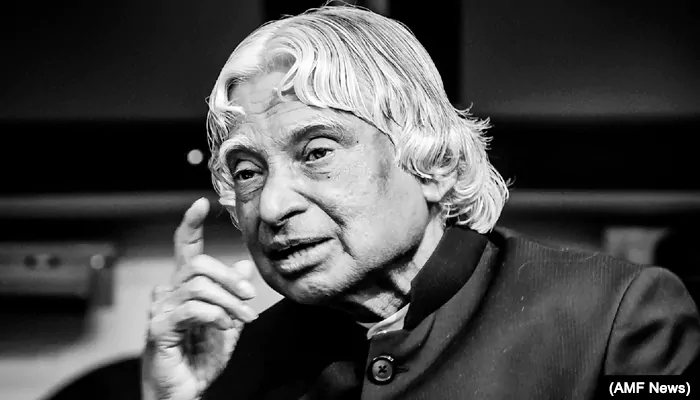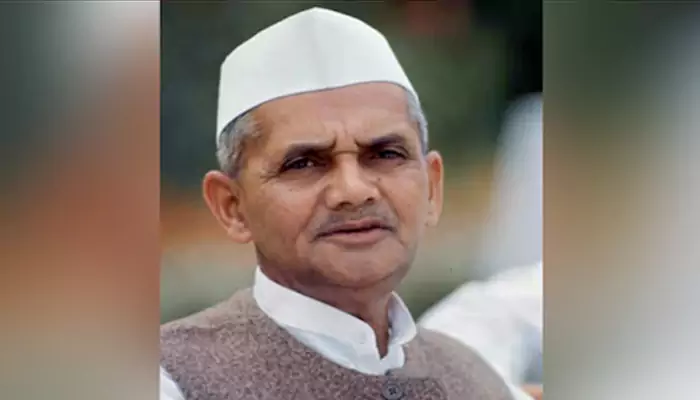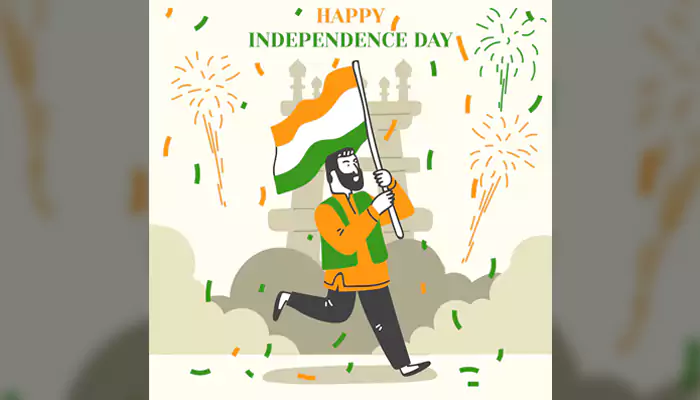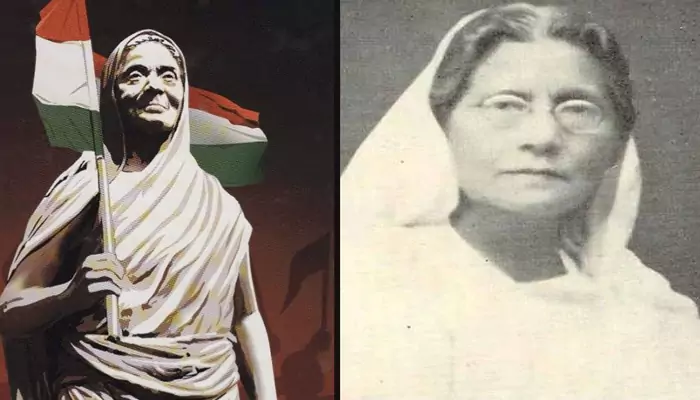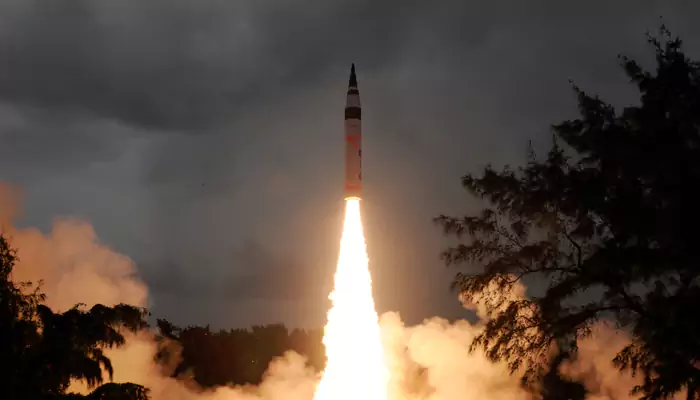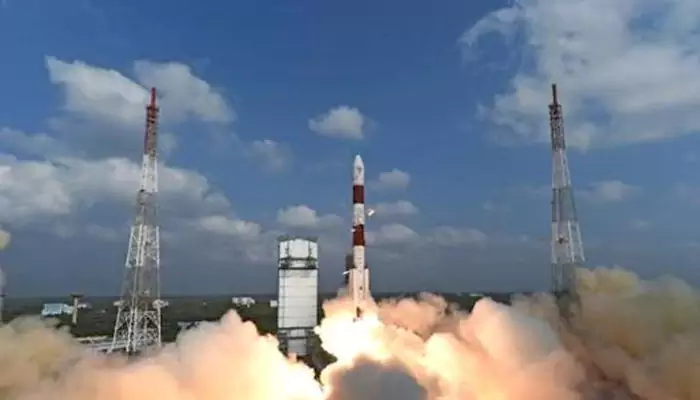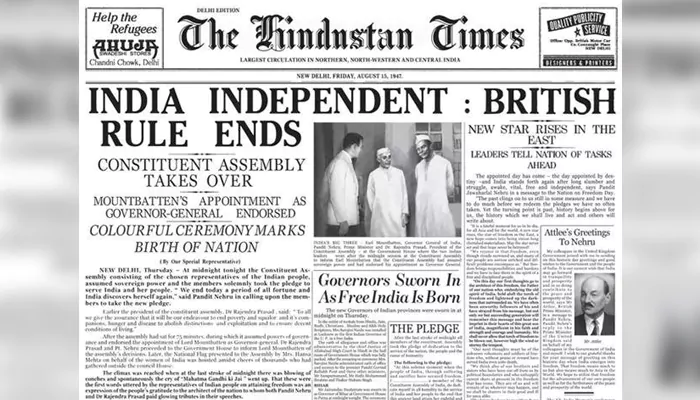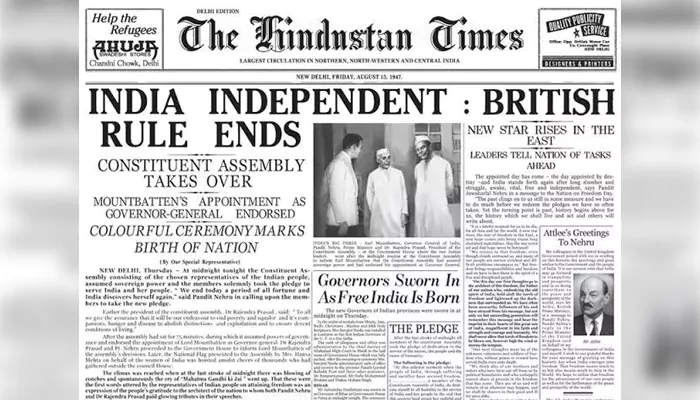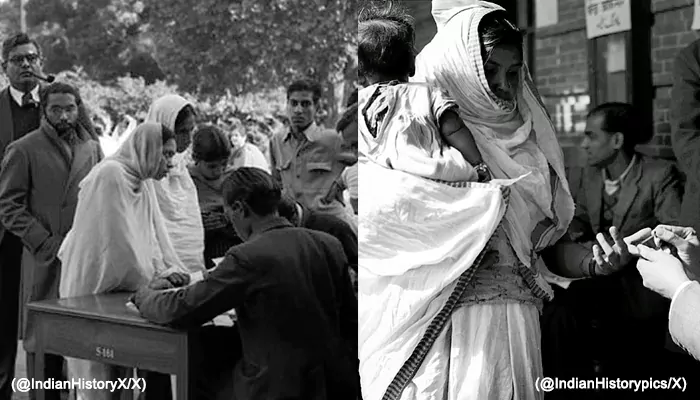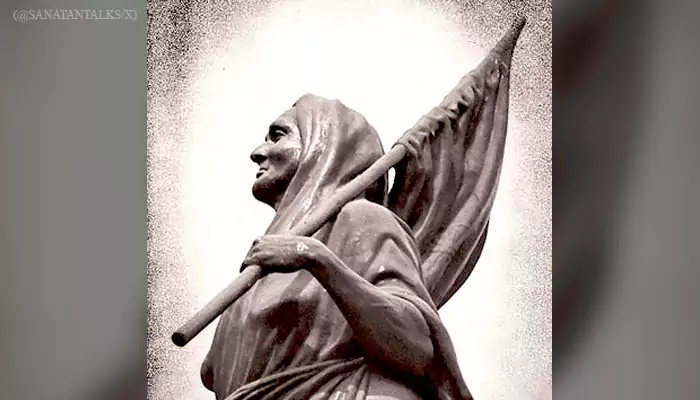Here’s How ECI Pulled Off The ‘Great Electoral Experiment’ During India’s First Elections In 1951-52
- Admin
- 1 year ago
- 3 minutes read

India’s first general election of 1951-52 was touted to be the “largest democratic exercise conducted in the world”.
A newly formed Indian republic, with scars of its Partition, executed an unprecedented democratic exercise, the elections, in 1951-52. The nation’s first-ever parliamentary election after independence saw 173 million electors and 1,874 candidates for 489 seats in the House of the People (Lok Sabha). The elections were conducted by the Election Commission of India (ECI), then just a year old.
The ECI, which is now gearing up for the 18th general elections to the Lok Sabha in 2024, had a huge task to fulfil in the 1950s. Talking about it, former chief election commissioner S Y Quraishi called the first general election of 1951-52 the “largest democratic exercise conducted in the world”. He told news agency PTI, “Hats off to Sukumar Sen (the first chief election commissioner of India) who did it from scratch and did a good job. The exercise of such a scale was conducted without any prior experience, without any earlier infrastructure.”
As per the “General Elections 2019: An Atlas”, which has been published by the ECI, the first election began on October 25, 1951. Spanning over four months, the polling was held for 17 days.
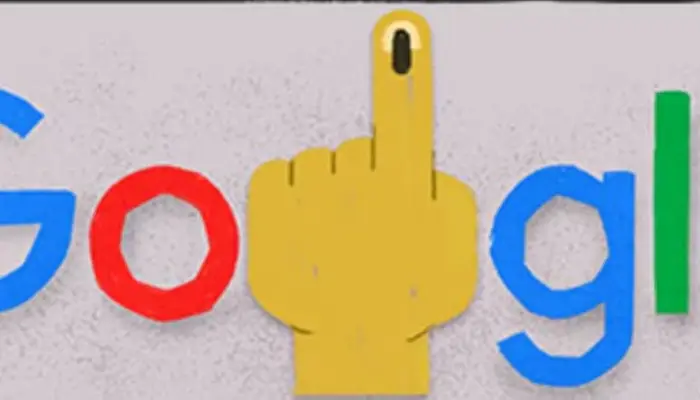
However, at that time, it was noticed that a large number of women voters had enrolled by the description of the relationship with their male members, and “not by their own names”. They were enrolled as A’s mother, B’s wife and so forth. It was so because those women were not too keen on disclosing their proper names to strangers. Post that, public awareness was raised regarding bringing forth the actual name of such electors. Chandra Bhushan Kumar, a former chief electoral officer (CEO) of Delhi mentioned that asking women voters to declare their own names was a “very remarkable stand” taken by ECI.
“It was a tough decision in those days. But the Election Commission of India took this view and the result is now available to us. Now, in most of the locations, we see that women are voting in more numbers than even men, or their percentage is higher than male voters’ percentage,” he informed PTI.
Kumar, be it the idea of symbols or the indelible ink or painting of ballot boxes with different colours or having a separate ballot box for each or the “symbol system” to move ahead the constraint of low literacy rate, there have been multiple efforts to make elections as smooth as possible.
“The percentage of literacy in India being in the neighbourhood of 16.6 only, it would have been impossible for the vast majority of the voters who are illiterate to mark their votes on ballot papers with the names of the contesting candidates printed on them,” the 1955 report published about the first general elections said.
The ECI had also decided that the symbols should be familiar to voters. At that time, Congress did not have the “open hand” of today’s time, but it had “two bullocks with yoke on”. Similarly, the other parties and their symbols included Socialist Party (tree symbol), the Kisan Mazdoor Praja Party (hut), the Akhil Bharatiya Ram Rajya Parishad (rising sun), the Bolshevik Party of India (a star) and the All India Bharatiya Jan Sangh (lamp/deep).
Reportedly, out of a total of 17,32,13,635 voters, 8,86,12,171 cast their votes for elections.

